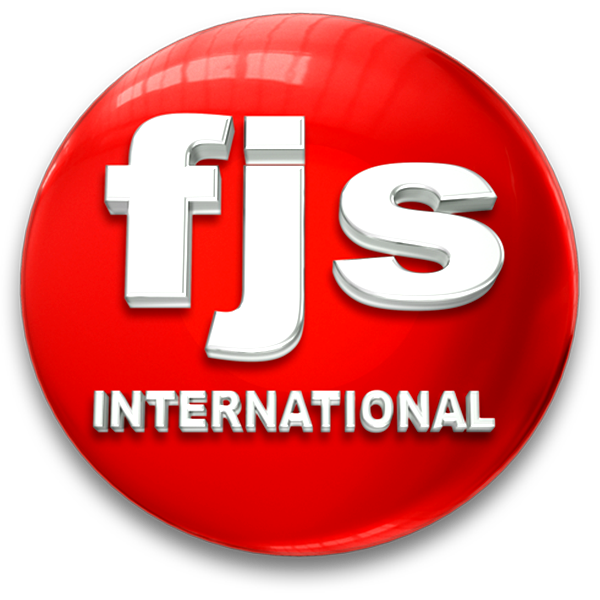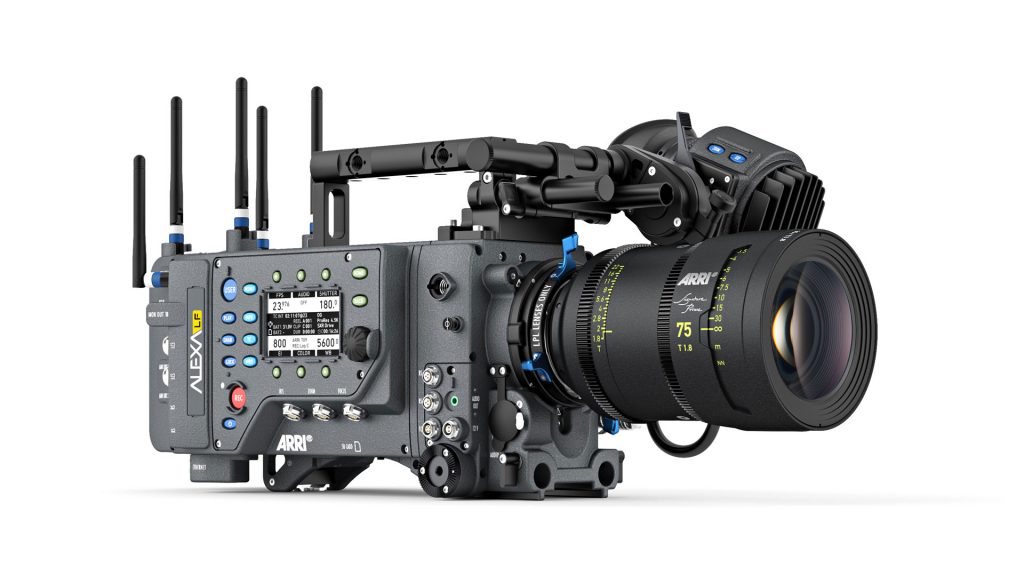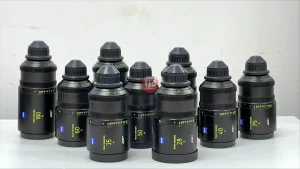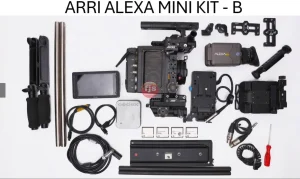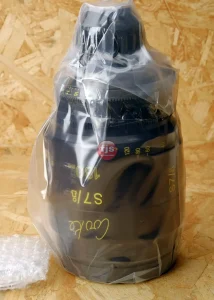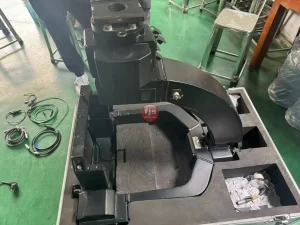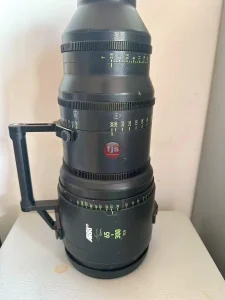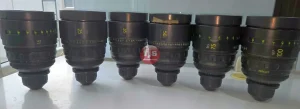Traceability is foundational to ZEISS’s quality assurance, providing a documented, unbroken chain of calibration that links every measurement to the International System of Units (SI).
In the world of precision engineering and advanced manufacturing, a measurement is only as good as its traceability. For a company like ZEISS, which produces high-precision industrial metrology solutions—including Coordinate Measuring Machines (CMMs), industrial Computed Tomography (CT) systems, and optical 3D scanners—traceability is not merely a compliance checkbox; it is the core principle that guarantees the accuracy, reliability, and global comparability of every measurement result. This unbroken chain connects the end-user’s measured value back to the international primary standards, specifically the International System of Units (SI), typically through national metrology institutes like NIST or PTB.
Key Elements of Traceability in ZEISS Metrology:
- SI Unit Linkage:
- The fundamental requirement of metrological traceability is the relationship of a measurement to a reference standard. For ZEISS, this means ensuring that the performance of its CMMs, sensors, and reference artifacts is ultimately calibrated against SI-traceable standards, primarily the meter. This is typically achieved through an accredited calibration laboratory (often DAkkS certified in Germany), which forms the first critical link in the chain.
- Unbroken Chain of Calibrations:
- Traceability requires a continuous, documented sequence of comparisons. This process starts with the primary standard and moves down the Traceability Pyramid through national, then secondary, and finally to working standards—the gauges and artifacts used to calibrate the ZEISS measurement equipment. Each step in this chain must be accompanied by a calculated measurement uncertainty which confirms the quality of the comparison.
- Measurement Uncertainty Quantification:
- No measurement is perfect. Traceability demands that the uncertainty associated with the measurement result is explicitly stated. ZEISS emphasizes task-specific measurement uncertainty estimation, especially for complex CMM and CT measurements, using advanced techniques like the Virtual CMM (VCMM) model to simulate error sources (e.g., geometric errors, probing errors) and provide a statistically robust uncertainty budget.
- Accredited Calibration Services:
- To provide customers with undeniable proof of measurement validity, ZEISS offers extensive calibration services for its CMMs and reference standards. These services adhere to rigorous international standards (e.g., ISO 10360 series) and are often performed under accreditation (e.g., DAkkS), ensuring international recognition via agreements like the ILAC MRA.
- Software and Documentation Control:
- The metrology software (e.g., ZEISS CALYPSO, ZEISS INSPECT) is essential. Traceability is embedded in the software’s architecture through features like audit trails, versioning of documents, parametric inspection plans, and the automated creation of calibration and manufacturer test certificates. This guarantees that the inspection process itself is traceable and reproducible.
Key Features and Benefits:
| Feature in ZEISS Metrology | Benefit to Quality Control and Manufacturing |
| Accredited Calibration (e.g., DAkkS, ISO 10360) | Regulatory Compliance and International Comparability. Ensures global trust in measurement data. |
| Virtual CMM (VCMM) Software | Accurate Uncertainty Estimation for complex geometries, minimizing the risk of incorrect decisions based on ambiguous data. |
| Detailed Audit Trails and Digital Certificates | Forensic Traceability for every part. Essential for industries like aerospace, medical devices (FDA 21 CFR Part 11, ISO 13485), and automotive. |
| Parametric Software Functionality | Repeatability and Reproducibility. Inspection plans are saved, traceable, and editable, ensuring consistency over time and between operators. |
| Global Service Network | Consistent Quality Standards worldwide. Ensures that calibration and maintenance uphold SI-traceable standards globally, critical for complex supply chains. |
Conclusion:
Traceability is the bedrock of ZEISS’s reputation for industrial precision. It transforms a simple measurement reading into an internationally verifiable and legally defensible piece of quality data. By meticulously managing the unbroken chain of calibrations, quantifying measurement uncertainty, and embedding these principles within its hardware and metrology software, ZEISS not only meets strict industrial and regulatory standards but also empowers its customers to make confident, data-driven decisions that reduce risk, minimize waste, and ensure the highest possible product quality.
Questions and Answers:
- Q: What is the highest level of the traceability chain?
- A: The highest level is the realization of the International System of Units (SI), maintained by primary metrology institutes (like NIST, PTB). All subsequent measurements must link back to these fundamental standards.
- Q: How does traceability specifically help with regulatory compliance?
- A: Regulatory bodies (e.g., FDA, ISO) require manufacturers to prove that their quality control measurements are accurate and reliable. Traceability provides the verifiable documentation—the accredited calibration certificates—necessary to demonstrate compliance with standards like ISO 9001 and ISO 13485.
- Q: What is the main difference between traceability and calibration?
- A: Calibration is the process of comparing an instrument to a reference standard. Traceability is the property of the measurement result, proving that the calibration itself links back to the SI units through a documented, unbroken chain.
- Q: How does ZEISS’s software support traceability?
- A: Software like ZEISS CALYPSO and ZEISS INSPECT ensures traceability through parametric inspection plans, secure user access, audit trails, and the automated generation of validated, non-modifiable measurement reports and certificates.
